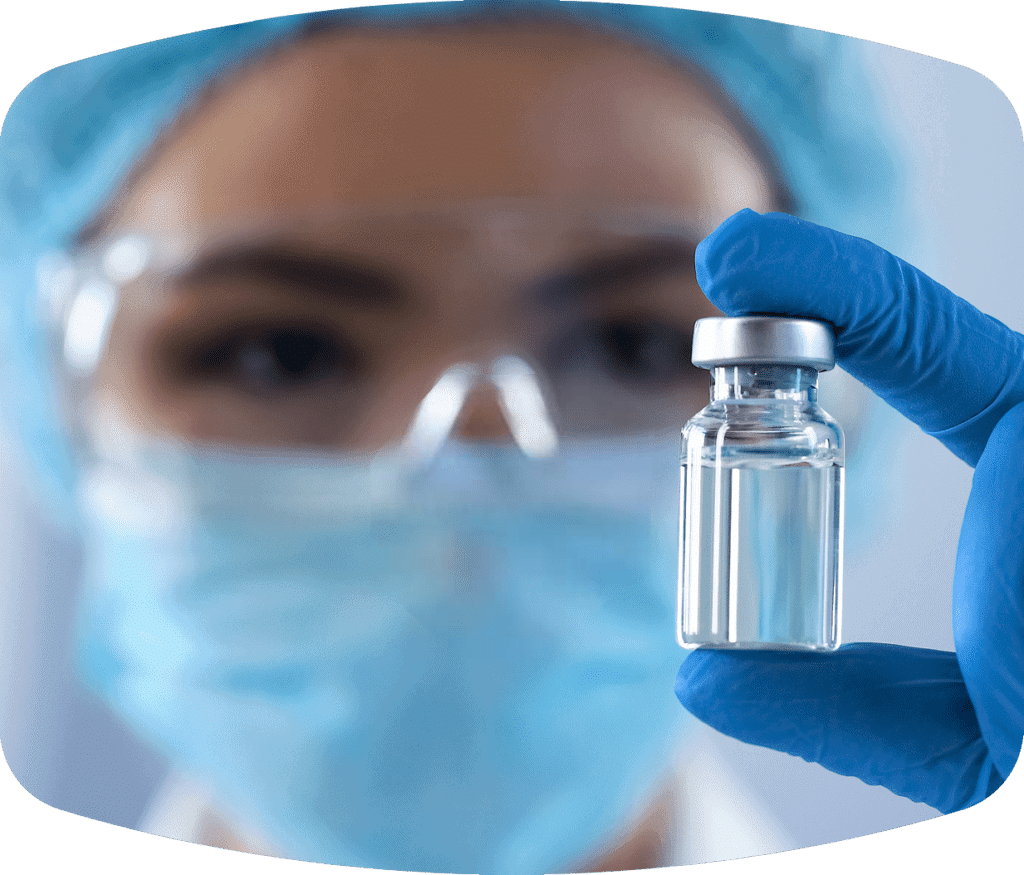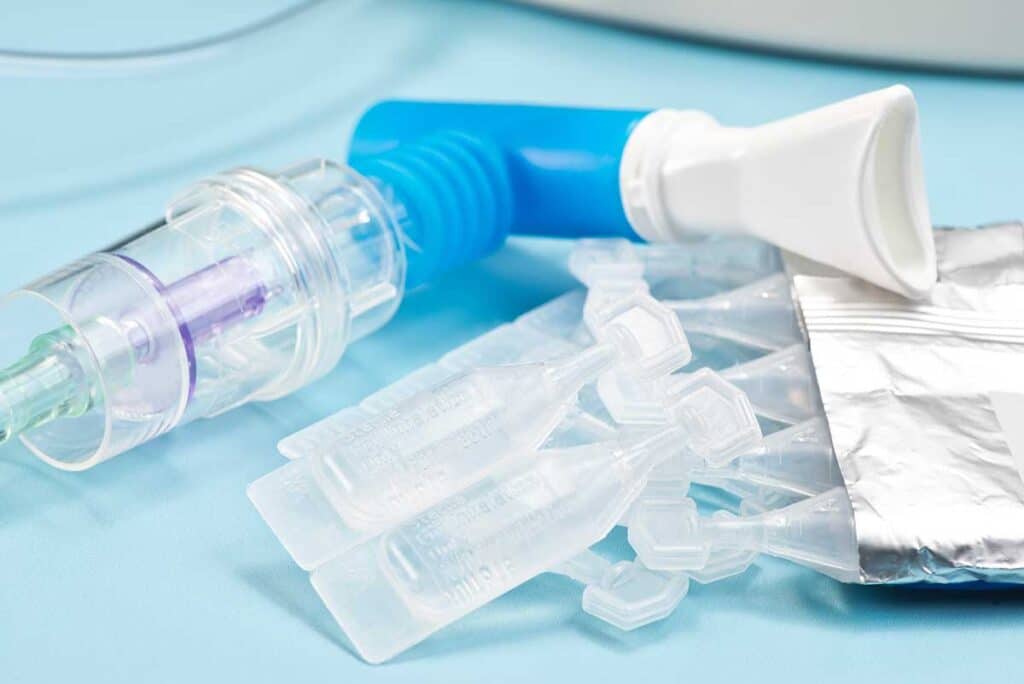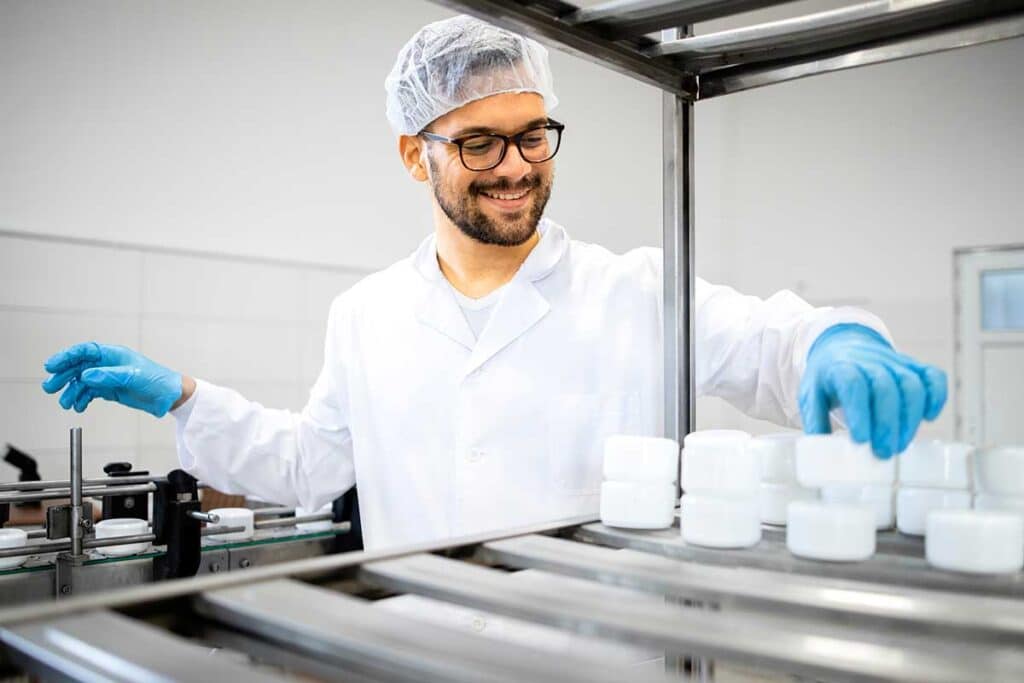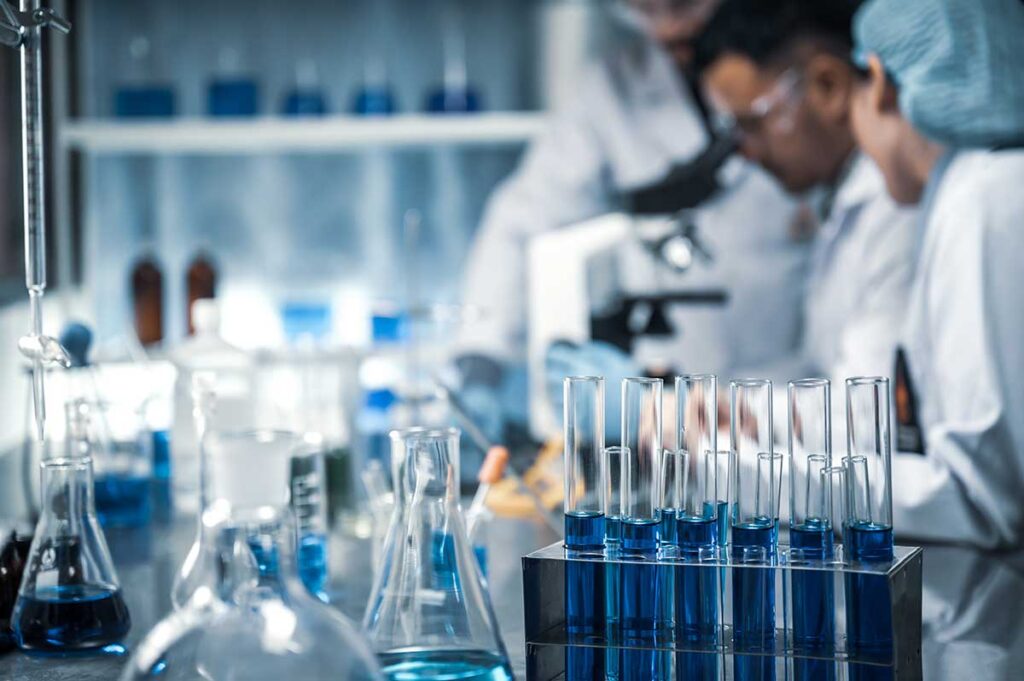The personal yet powerful CDMO for all development phases.
Particle Sciences is a leading pharmaceutical contract development and drug product manufacturing organization. With a range of technical capabilities, multiple technology platforms, and expertise in complex drug delivery, we can take on your formulation and production challenges.
Our hands-on approach and passion for knowledge sharing helps to find the best solution to deliver your project successfully.
The CDMO partner for all phases – from drug development to drug manufacturing
Our team is highly experienced in drug product formulation with supporting services spanning analytical, bioanalytical, physical characterization as well as clinical and commercial manufacturing.
We have the technologies and the expertise to take on insoluble and highly potent drug compounds in both sterile and non-sterile environments and are the only contract manufacturer in the industry to offer aseptic nanomilling.
A breadth of capabilities
As many as 90% of drugs in the discovery pipeline are poorly water-soluble.
![]()
A depth of sterile product expertise
1 in 4 FDA-approved drugs in the last 5 years were sterile products.
![]()
Custom solutions designed around you
Long-acting drug delivery has contributed to record growth in 505(b)(2)s.
![]()
Drug Product Development
We have the equipment, expertise and experience to take on your complex formulation challenges.
Drug Product Development
We have the equipment, expertise and experience to take on your complex formulation challenges.
cGMP Drug Product Manufacturing
We offer cGMP clinical manufacturing supported by full in-house cGMP analytical services, bioanalytical services and particle characterization.




